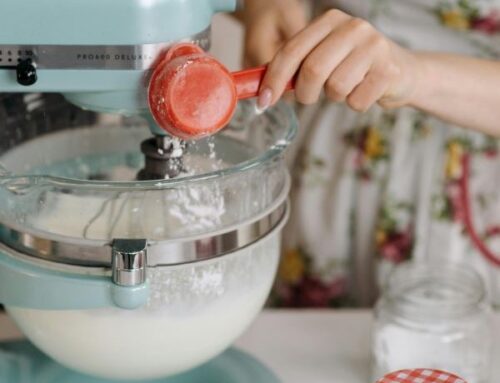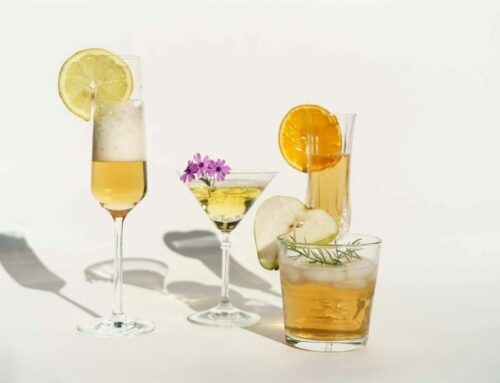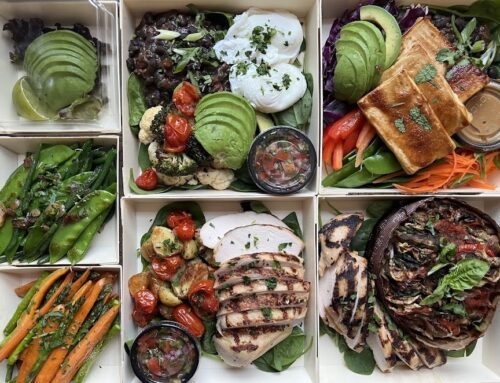Coffee Talk
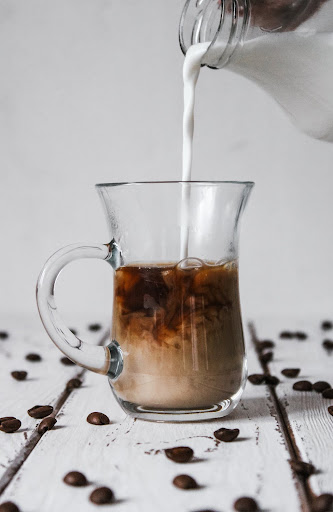
Ever since goats discovered coffee beans – by nibbling on them and then acting extra-energetic, which ancient peoples noticed – the beverage has been relied upon by and inextricably linked to us. Coffee is not just a tool but an entire culture unto itself. America runs on Dunkin, as the popular east coast coffee chain advertises. A coffeehouse was a central location in Friends; Starbucks grew out of downtown Seattle to national prominence; many people won’t start a day without the stimulating and tasty elixir. But what is this “dirty” and “clean” caffeine?
Different Types of Caffeine
Anhydrous caffeine is medical-grade caffeine. It is often put in energy and performance-enhancing products for athletes. Here in Hunterdon County, the Columbia Trail attracts sports enthusiasts and people who train on the scenic, unbroken pathway. Cyclists will take an anhydrous caffeine product and these products often have electrolytes in them to counter the dehydrating effect of caffeine. Anhydrous caffeine and electrolytes can form a positive chemical interaction for the athlete: energy and replenishment.
Caffeine is Complicated
A glance at Wikipedia’s entry on “caffeine” will show that caffeine can be a highly-complicated compound rife with technical and scientific jargon. Dividing caffeine products into “clean” and “dirty” is a bit of a misnomer. Sometimes, a cheap mug of truckstop coffee is exactly what you’re seeking. It isn’t “dirty,” it just comes from a bean source that has different grades, like eggs or maple syrup are graded. Caffeine is caffeine, but you will definitely notice a difference between that cup of coffeeshop coffee and anhydrous caffeine. With the latter, there is often less jitteriness and anxiety, with a smoother, “cleaner” effect – but it also depends on individual body chemistry. This is where the “dirty” and “clean” distinctions come from.
A Sweet Spot
Caffeine provides stamina, energy, and focus – but there is a sweet spot between feeling under and over-caffeinated. There’s nothing like a strong cup of coffee on a cold morning, but nothing worse than too much caffeine. Science fiction writer Cory Doctorow once called a cup of coffee a “caffeine delivery system,” but some folks drink it simply for its taste, in decaffeinated form; and as coffee grew more complicated, it became linked to identity, social interaction, and even controversy. But as a socially-accepted beverage, coffee is generally held in high regard, given its simplicity, low side effects, and efficacy. It’s even funny: at the 10:45 mark in this interview with caffeine-loving rock band Fu Manchu, the drummer feels the couch vibrating. It’s probably a cell phone in someone’s pocket, an earthquake, or a rumbling truck, but he says humorously: “I think that might be the espresso, actually.”
Coffee and Bex
Chef Bex will opt for a cappuccino at a coffeehouse, “but only if they know what they’re doing,” she clarifies. “Once you’ve had authentic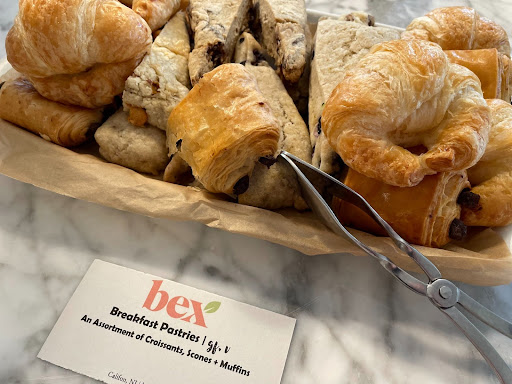 coffee, it’s hard to see it done incorrectly. A good cappuccino should be equally tangy, sweet, foamy, and milky. With really good coffee you’ll encounter complex flavors that are powerful enough to evoke memories, develop your palette, and bring to mind earthy compounds that range from the subtle to awe-inspiring. It sounds hyperbolic to say this, but it’s true!”
coffee, it’s hard to see it done incorrectly. A good cappuccino should be equally tangy, sweet, foamy, and milky. With really good coffee you’ll encounter complex flavors that are powerful enough to evoke memories, develop your palette, and bring to mind earthy compounds that range from the subtle to awe-inspiring. It sounds hyperbolic to say this, but it’s true!”
Bex Kitchen’s cafe and catering arms feature a blend made especially for Bex by local Black River Roasters. Chef Bex chose the blend for its versatility, since some prefer coffee strong, some weak, some dark, some light, etc. Many coffee orders have become borderline absurd, with a specific amount of flavorings pumped in (I need 7 pumps, not 6!), artwork scrolled on the foam top, and the popularity of the Pumpkin Spice Latte becoming a cultural meme. However you take your coffee, you can always count on Bex to deliver the goods. And what better way to pair food with coffee than a Bex scone or Bex Bar? Whether you say “coffee” or cawfee like we do here in northern New Jersey, enjoy!



